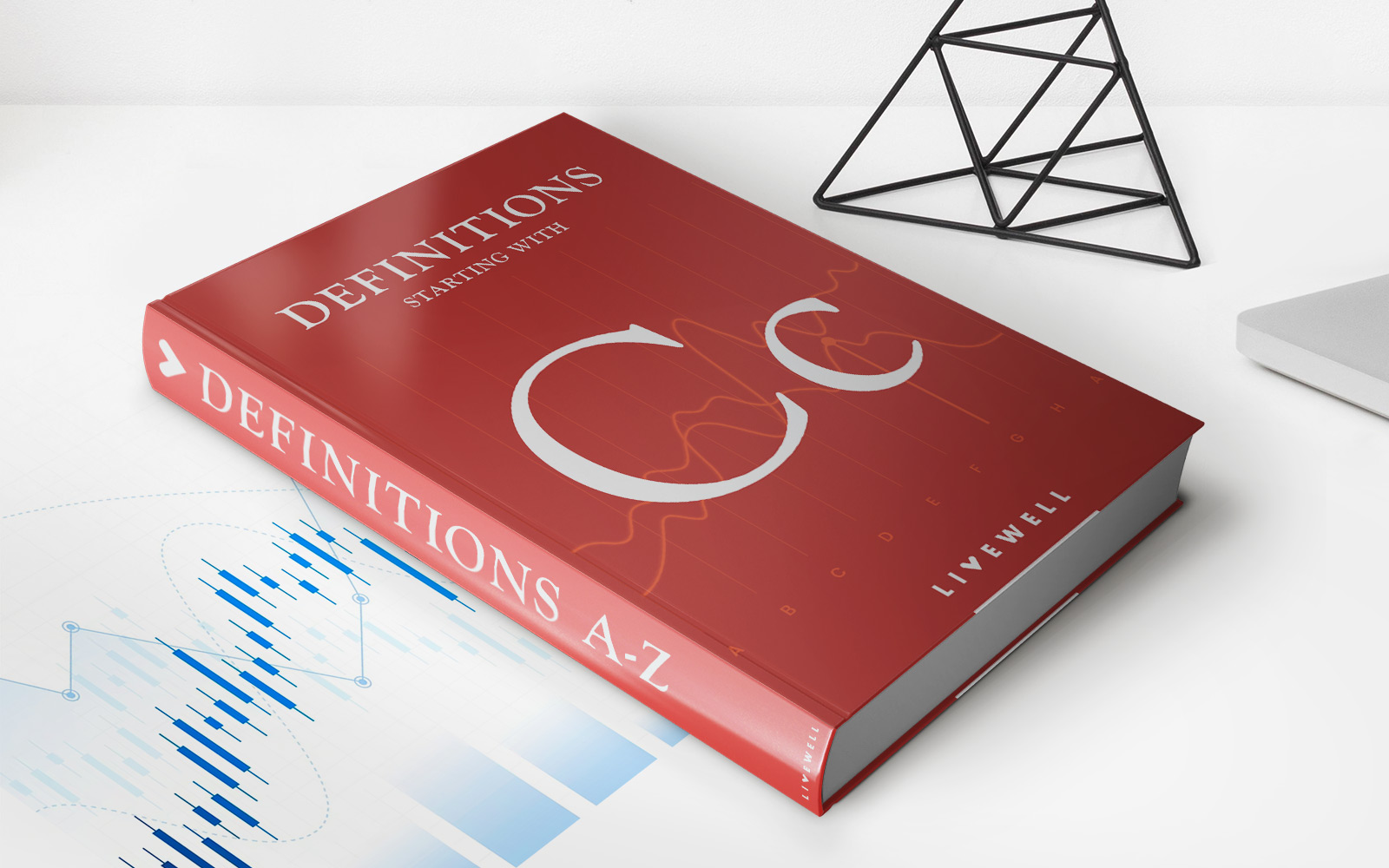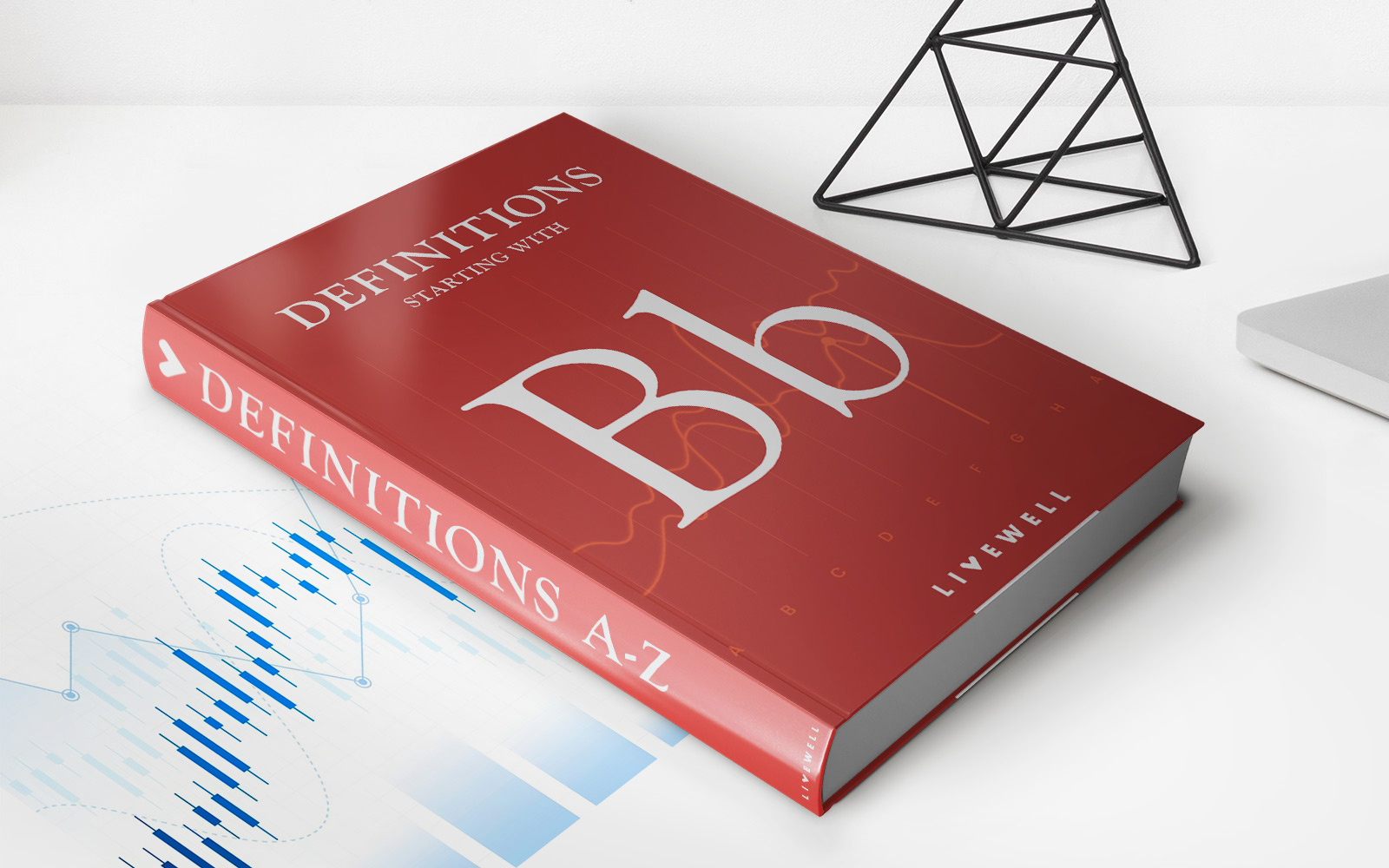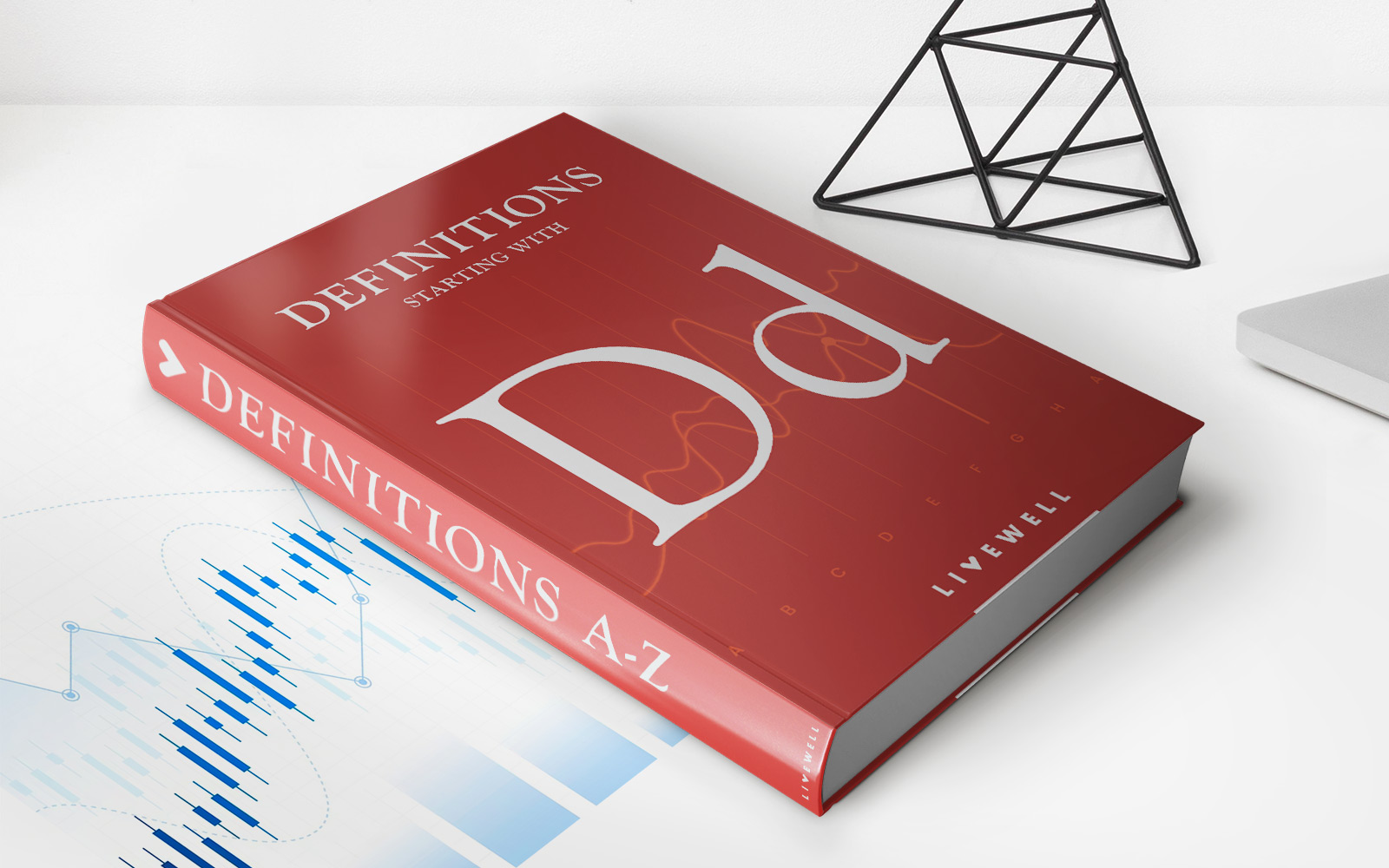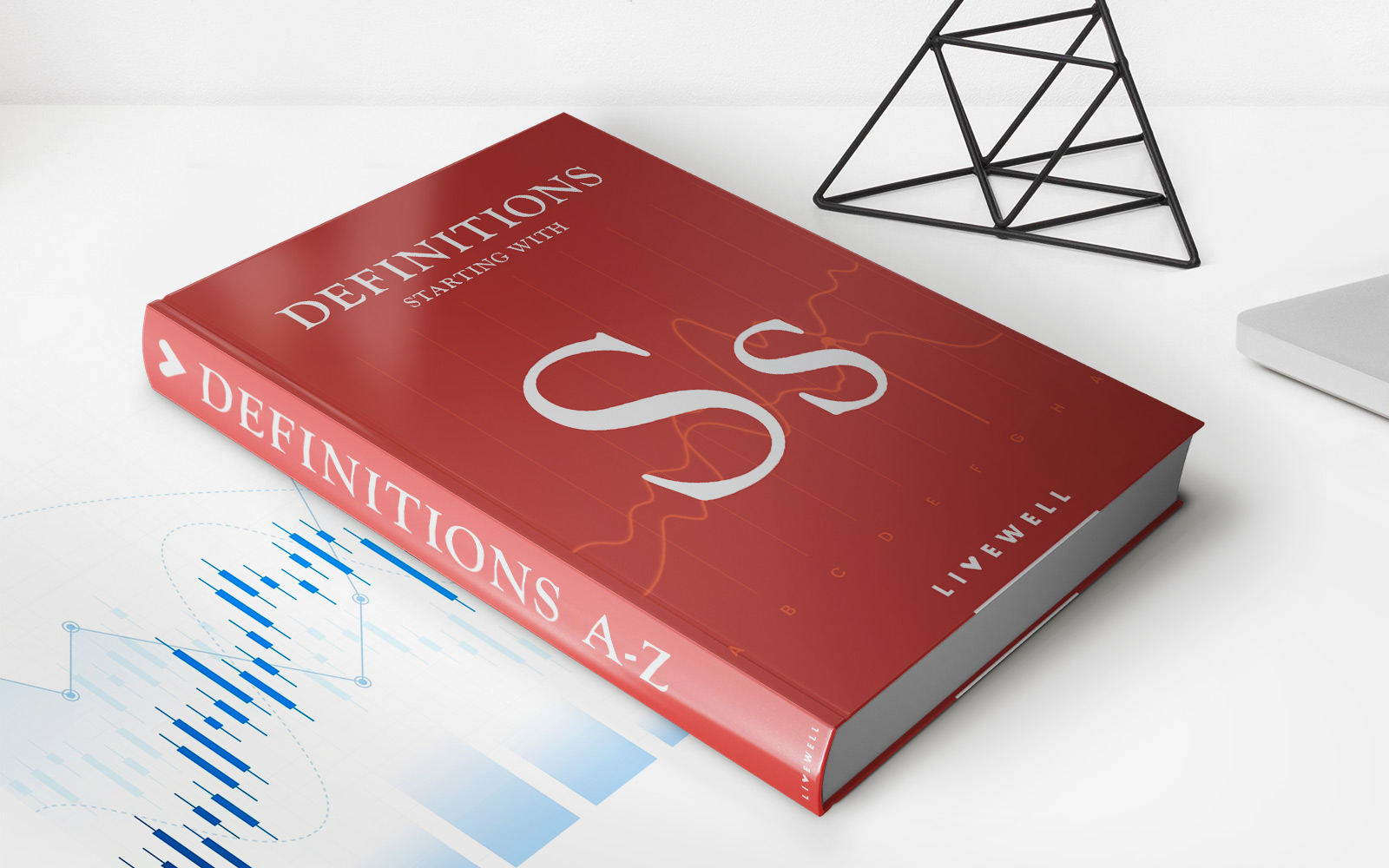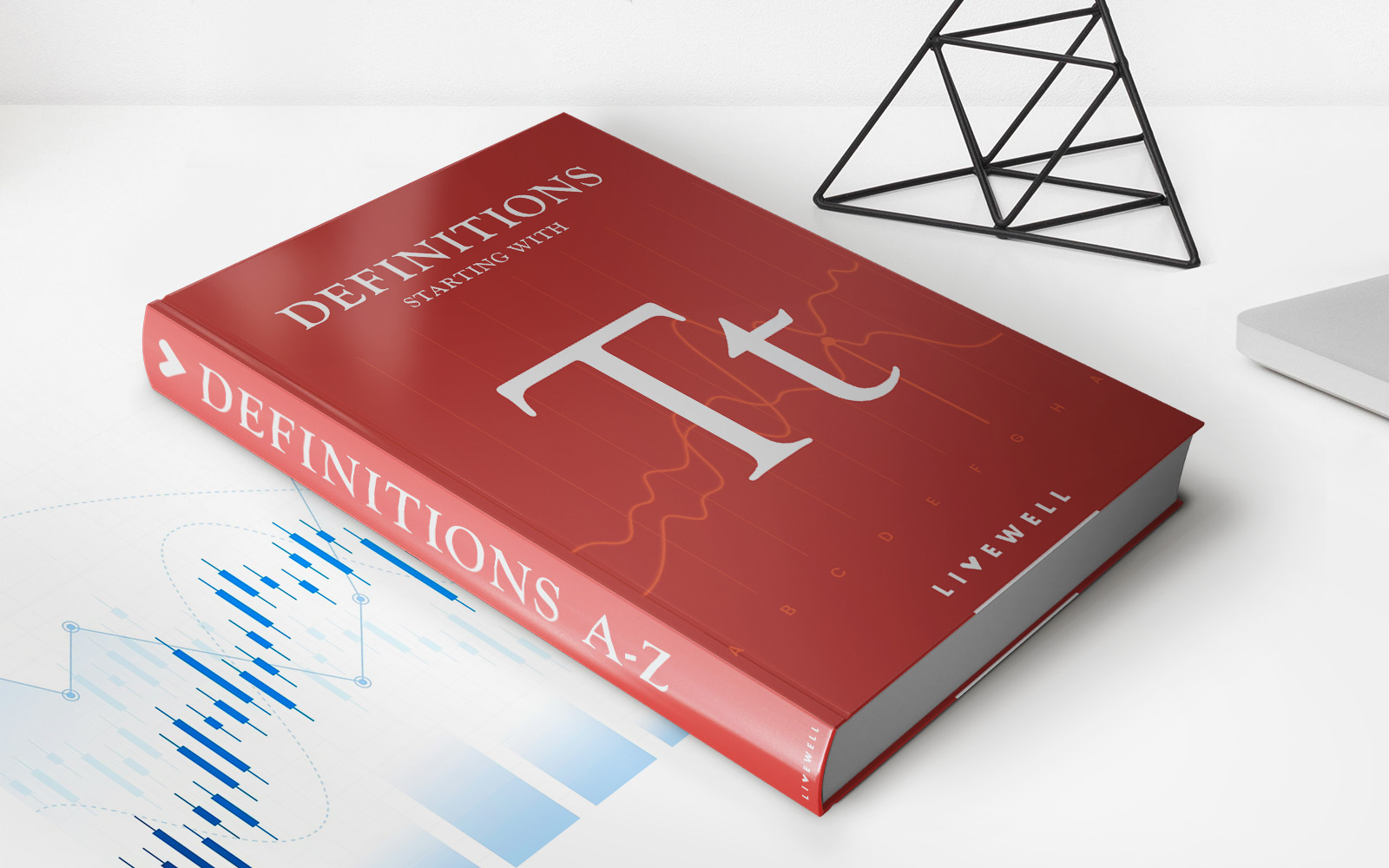Home>Finance>Level 1: Definition, How Trading Screen Works, And Accessibility


Finance
Level 1: Definition, How Trading Screen Works, And Accessibility
Published: December 17, 2023
Learn the definition of finance and how trading screens work. Discover the accessibility of finance in this informative guide.
(Many of the links in this article redirect to a specific reviewed product. Your purchase of these products through affiliate links helps to generate commission for LiveWell, at no extra cost. Learn more)
Understanding How Trading Screens Work: A Beginner’s Guide
Finance is a vast field with numerous aspects, and one of its most crucial components is trading. Whether you’re a seasoned investor or just starting to dip your toes into the world of finance, understanding how trading works is essential. In this blog post, we will delve into the fascinating world of trading screens and provide you with an overview of their functionality and accessibility.
Key Takeaways:
- Trading screens are electronic platforms that provide traders with real-time access to financial markets and investment opportunities.
- These screens offer a wide range of features and tools, including real-time market data, order placement, analysis tools, and communication channels with brokers and other traders.
What are Trading Screens?
In simple terms, trading screens are electronic platforms that connect traders with financial markets. They provide traders with real-time market data, investment tools, and order placement functionalities, facilitating efficient execution of trades. Trading screens are typically web-based or installed on traders’ computers or other devices. They allow traders to monitor multiple financial instruments simultaneously and make informed decisions based on the latest market information.
Now, let’s explore the functionally of trading screens and how they work:
1. Real-Time Data:
Trading screens provide traders with vital real-time market data, including stock prices, indices, currency exchange rates, and commodities. This data is constantly updated, allowing traders to stay well-informed about the latest market trends and make data-driven decisions.
2. Order Placement:
One of the key features of trading screens is the ability to place orders directly on the platform. Traders can enter buy or sell orders for various financial instruments, such as stocks, options, futures, and bonds. These orders are then forwarded to the respective exchanges or market makers for execution. The speed of order execution is critical, as even a few seconds can make a significant difference in trading outcomes.
3. Advanced Analysis Tools:
Trading screens offer a wide range of analysis tools that help traders evaluate market trends, identify patterns, and make informed investment decisions. These tools may include charting tools, technical indicators, historical data analysis, and automated trading algorithms.
4. Communication Channels:
Trading screens also provide communication channels that enable traders to connect with brokers, fund managers, and other traders. These channels allow for instant messaging, voice and video calls, and the sharing of market insights and strategies. Such communication can be vital for traders who seek advice or wish to collaborate with other market participants.
Accessibility:
Trading screens have become increasingly accessible over the years, allowing traders to participate in financial markets from virtually anywhere. Here are a few reasons why trading screens have become more accessible:
- Advancements in technology have made trading screens faster, more user-friendly, and compatible with various devices, including smartphones and tablets.
- Online trading platforms have made it easier for individuals to open trading accounts and start trading with relatively low capital requirements.
- Education and training resources have become more readily available, helping individuals understand the basics of trading and navigate trading screens effectively.
Now that you have gained insight into how trading screens work and their accessibility, you can confidently navigate these platforms for your trading needs. Whether you’re a day trader, long-term investor, or someone interested in exploring the finance world, understanding trading screens is a valuable skill to develop.
Remember, practice and continuous learning are essential to becoming a successful trader. So, start exploring trading screens, familiarize yourself with the tools and features they offer, and embark on your financial trading journey with confidence!


